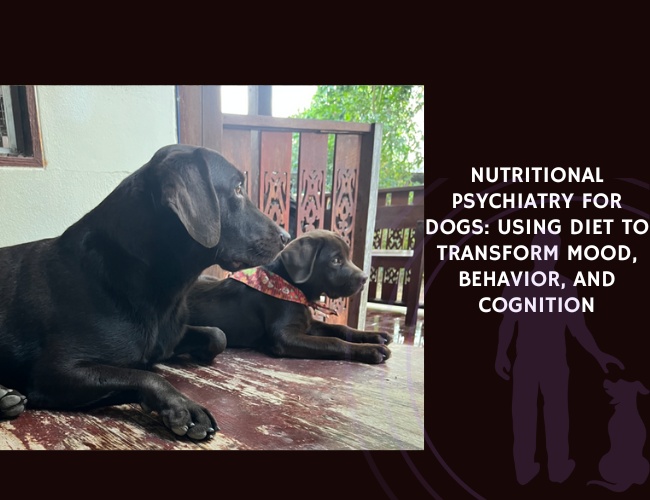Published in Frontiers in Psychology, this study by Hillary Jean-Joseph et al. (2020) explored how autonomic nervous system (ANS) responses differ between dogs and wolves during two low-arousal states: resting and inactive wakefulness. The researchers hypothesized that dogs, as domesticated animals, would exhibit greater relaxation near humans compared to wolves, due to evolutionary selection for tameness and emotional responsiveness to human cues.
To test this, six wolves and seven dogs—raised and housed under similar conditions—were observed in three social scenarios: alone, with a familiar human partner, and with conspecific pack members. Heart rate (HR) and heart rate variability (HRV) were recorded as proxies for arousal levels. The findings revealed no broad species-wide difference in ANS regulation but did uncover context-specific variations.
Both species showed higher arousal when alone, with increased HR and decreased HRV, suggesting a shared reliance on social buffering. When at rest near a familiar human, dogs were more relaxed than wolves, confirming the hypothesis that dogs gain more emotional support from human proximity. Interestingly, this difference faded during inactive wakefulness, where both species exhibited similar physiological patterns.
These results challenge the notion of a uniformly reduced stress reactivity in domesticated dogs and suggest that domestication may have fine-tuned emotional regulation in specific social contexts rather than producing wholesale physiological changes. The subtlety of these arousal shifts underscores the complexity of the human-animal bond and the adaptive role of emotional co-regulation in domestication.
Source: Hillary Jean-Joseph, Karin Kortekaas, Friederike Range, Kurt Kotrschal. “Context-Specific Arousal During Resting in Wolves and Dogs: Effects of Domestication?” Frontiers in Psychology, Volume 11, 2020-11-24. https://doi.org/10.3389/fpsyg.2020.598679










